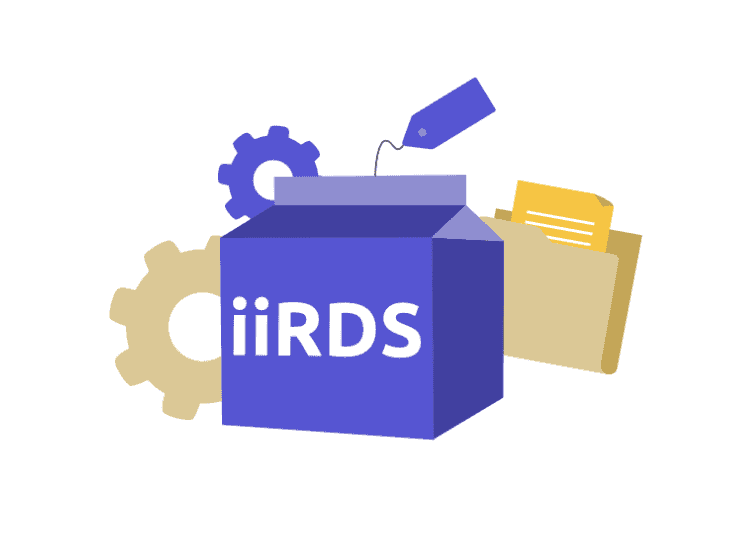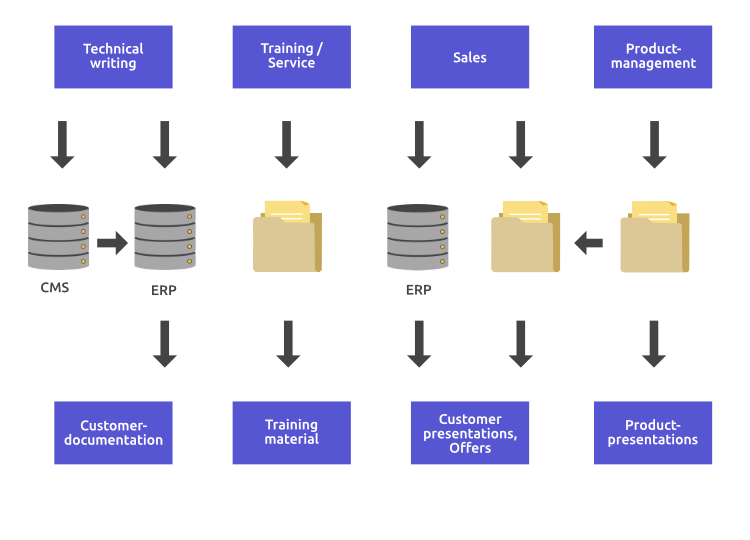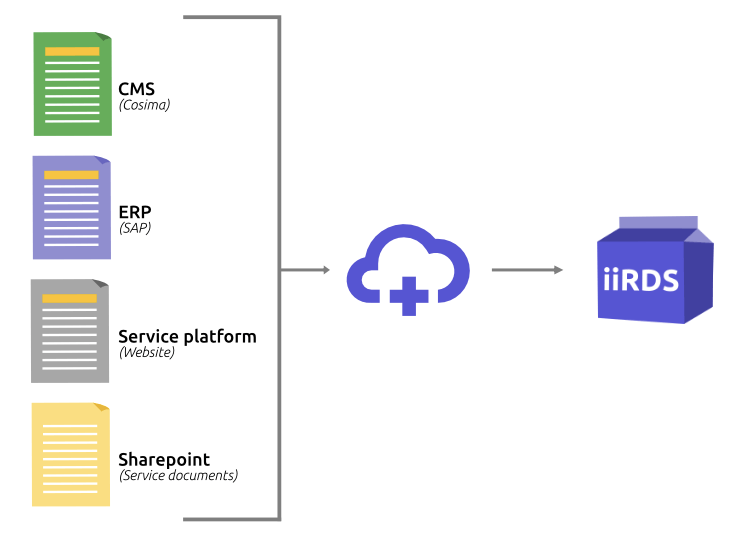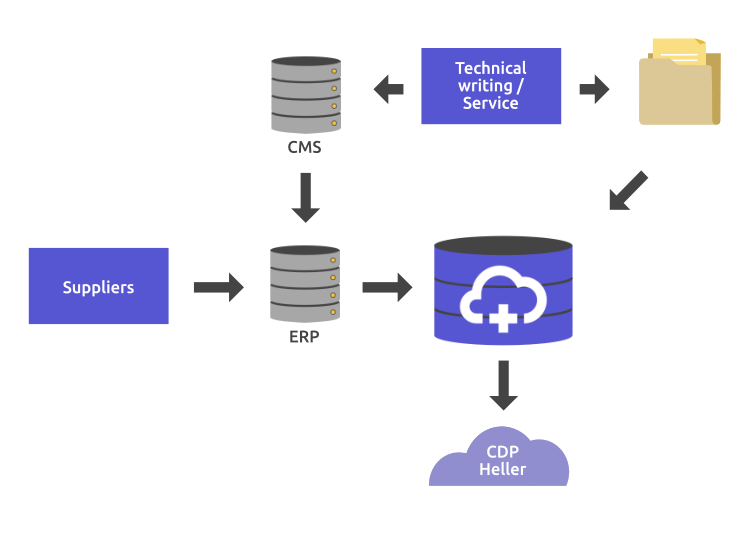Successful customer project with HELLER – application of iiRDS in practice

von Leon Schiele
Okt. 24, 2024

A project sponsored by tekom gave us the opportunity to show, together with our customer HELLER, that iiRDS works not only in theory but also in practice. As part of the project, HELLER introduced iiRDS as the central metadata model in the company. iiRDS was extended to include HELLER-specific metadata values and metadata classes.
Presentation of HELLER
HELLER Maschinenfabrik GmbH is one of the world’s leading manufacturers of CNC machine tools and manufacturing systems. The family-owned company, founded in 1894 and based in Nürtingen, employs around 2,600 people. Its customers include companies in the automotive, mechanical engineering, energy technology and many other industries, with locations all over the world. HELLER offers comprehensive services throughout the entire lifecycle of the machines to ensure their production and availability.
Initial situation at HELLER • Graphic: plusmeta GmbH, Viktoria Kurpas/Shutterstock.com
HELLER’s objectives
At the beginning of the project, we faced the challenge of transferring content from different source systems into a central content delivery portal (CDP). The goal was to classify all content (Documents, slides, topics, etc.) with a uniform, standardized metadata model. iiRDS was selected for this. So the original metadata from the old source systems had to be mapped to the iiRDS metadata model. The main question was how the iiRDS metadata model had to be extended for HELLER. The aim was to digitize documentation and make it largely paperless, while at the same time providing service technicians with ideal support through multimedia content such as how-tos and step-by-step instructions.
Everything runs via plusmeta in iiRDS • Graphic: plusmeta GmbH, Viktoria Kurpas/Shutterstock.com
The journey to the solution
The first step in the project was to collect all existing metadata. This included documents from SAP, the CMS Cosima, the service platform (a website where service employees can search for information) and the SharePoint on which all the service’s legacy data is stored. Checked which metadata existed multiple times and could be consolidated by standardizing it. A crucial step was the selection of the metadata that is relevant for use in the portals. With the help of plusmeta, this existing metadata could be mapped to the iiRDS standard. For example, the “machine type” metadatum was transferred from Cosima and the service platform to the iiRDS “product variant” metadatum. To meet HELLER’s specific requirements, the iiRDS standard was extended to include the “control” metadatum. In addition, it was analyzed which other metadatums are essential for internal use and acceptance.
The solution
The iiRDS format was crucial for the successful implementation of the faceted search in the HELLER CDP. With the help of plusmeta, the existing data could be efficiently enriched with iiRDS-compliant metadata, enabling seamless integration and searchability of different data types. In particular, the extensions of the standard, such as the “Control” metadatum, supported specific requirements.
Process simplified for technical editing/service • Graphic: plusmeta GmbH, Viktoria Kurpas/Shutterstock.com
Conclusion
The support provided by plusmeta not only created a central, unified metadata model, but also laid a future-proof foundation. HELLER is now able to easily connect additional data sources and use validated metadata for future developments, such as the integration of AI technologies. This means that the company is ideally positioned to generate long-term added value from its data.
Would you like to learn more about iiRDS? Then read more on our website. Or
watch the recording of the joint presentation with HELLER (German presentation) on the topic of iiRDS: presentation.


